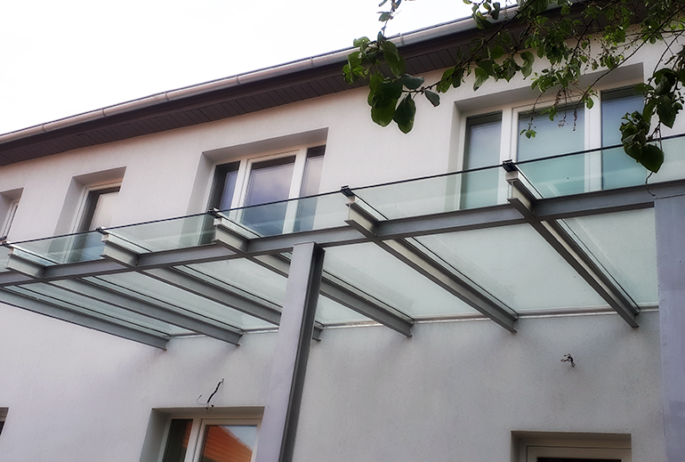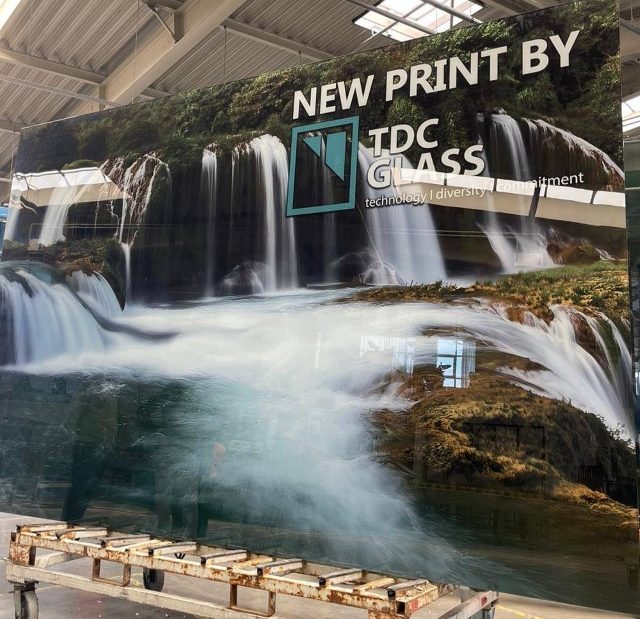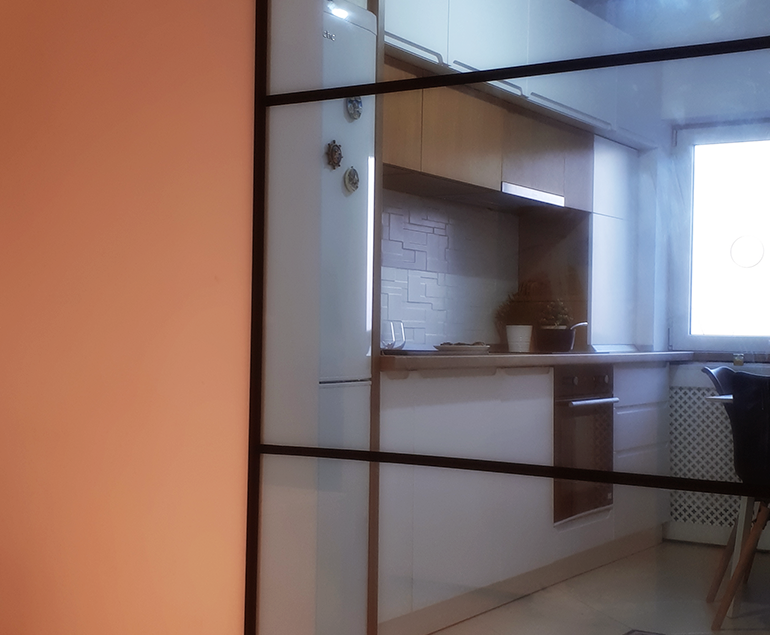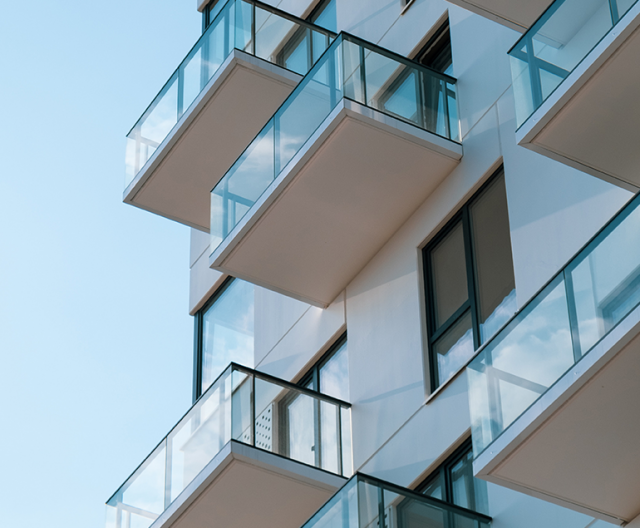Thermally secured silico – calco – sodium glass. Glass panel in the surface of which compression stresses are induced by a controlled heating and cooling process, in order to give it an increased resistance to established mechanical, thermal stresses and fragmentation characteristics.
Advantages
Security by fragmentation
In case of breaking of the safety glass, the risk of injury is greatly reduced, as it breaks into small pieces with uncut edges.
Increased resistance to thermal stresses
The safety glass has a higher resistance to stresses of thermal origin than that of an ordinary annealed glass.
Transparency
Safety glass doors allow the lighting of corridors or surfaces placed away from the plane of the facade.
Safety glass has the same spectrophotometric characteristics as the base product, the same thickness, before being subjected to heat treatment (except for certain types of glass with a special film marked ``T`` or ``II``)
Increased resistance to mechanical loads
The safety glass ensures a resistance to shocks and folding 4 times higher than that of an annealed glass of the same thickness.
Curtain walls
The safety glass panels that are part of the insulating (IG) glazing elements and assembled with the help of metal elements, allow the realization of large glazed surfaces, reducing the image of load-bearing structures.
Marking
The safety glass according to SR EN 12150-1 standard is permanently marked. Marking provides the following information:
- Name or brand of the manufacturer;
- European standard number: EN 12150;
- Name or brand of the manufacturer;
- European standard number: EN 12150;




